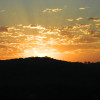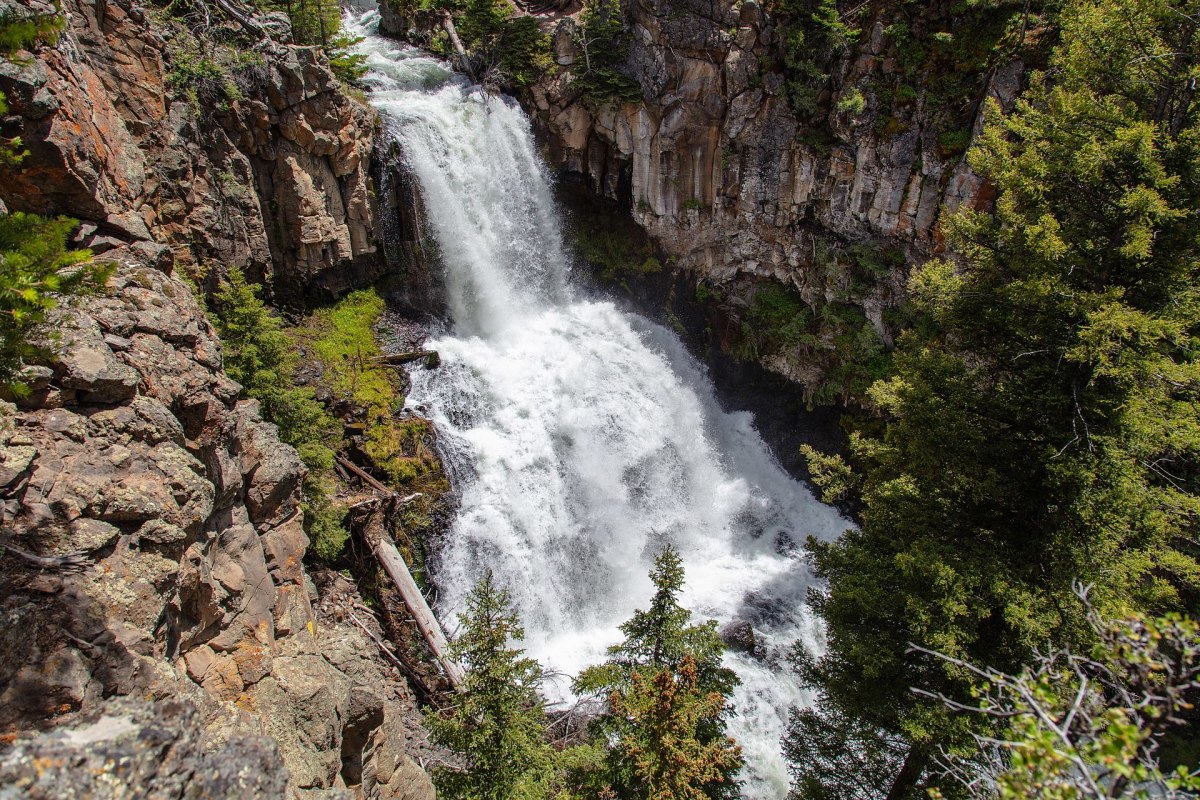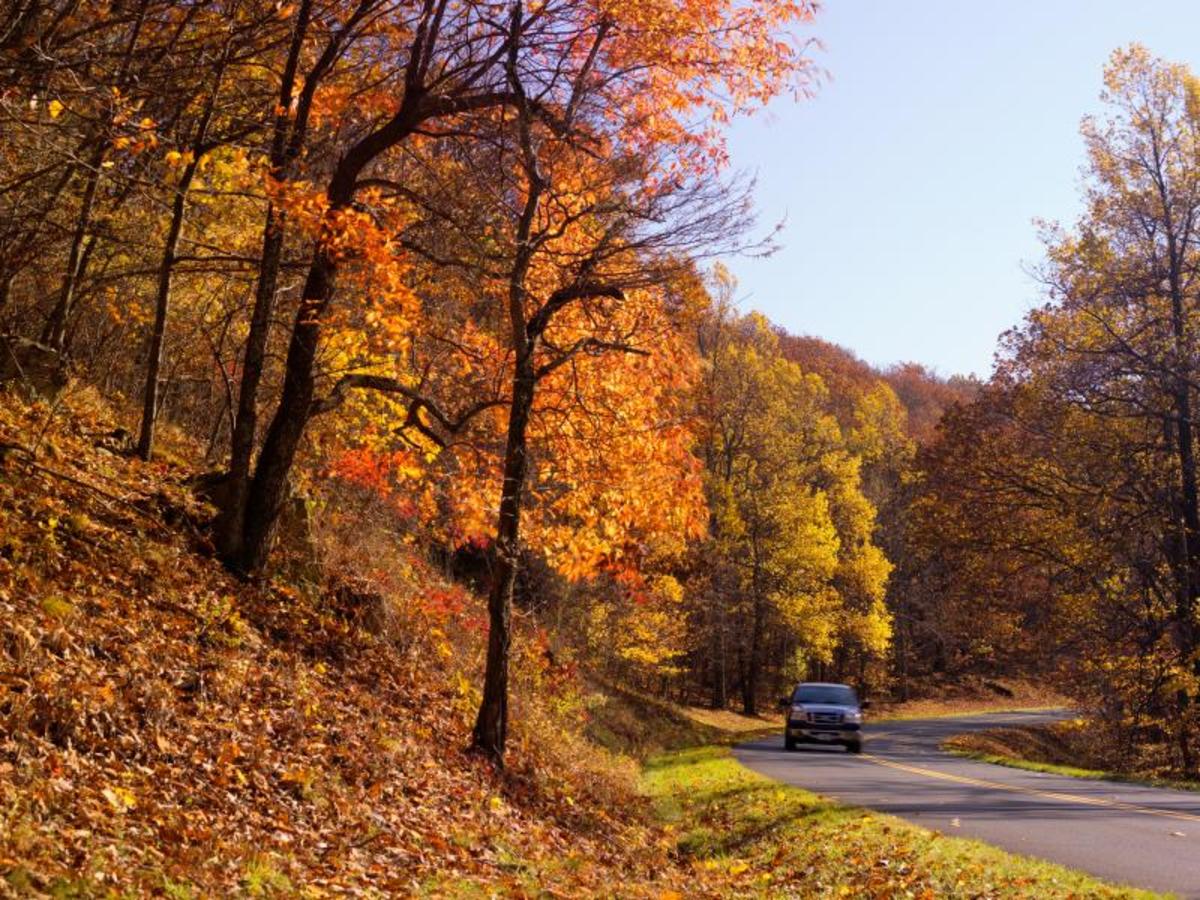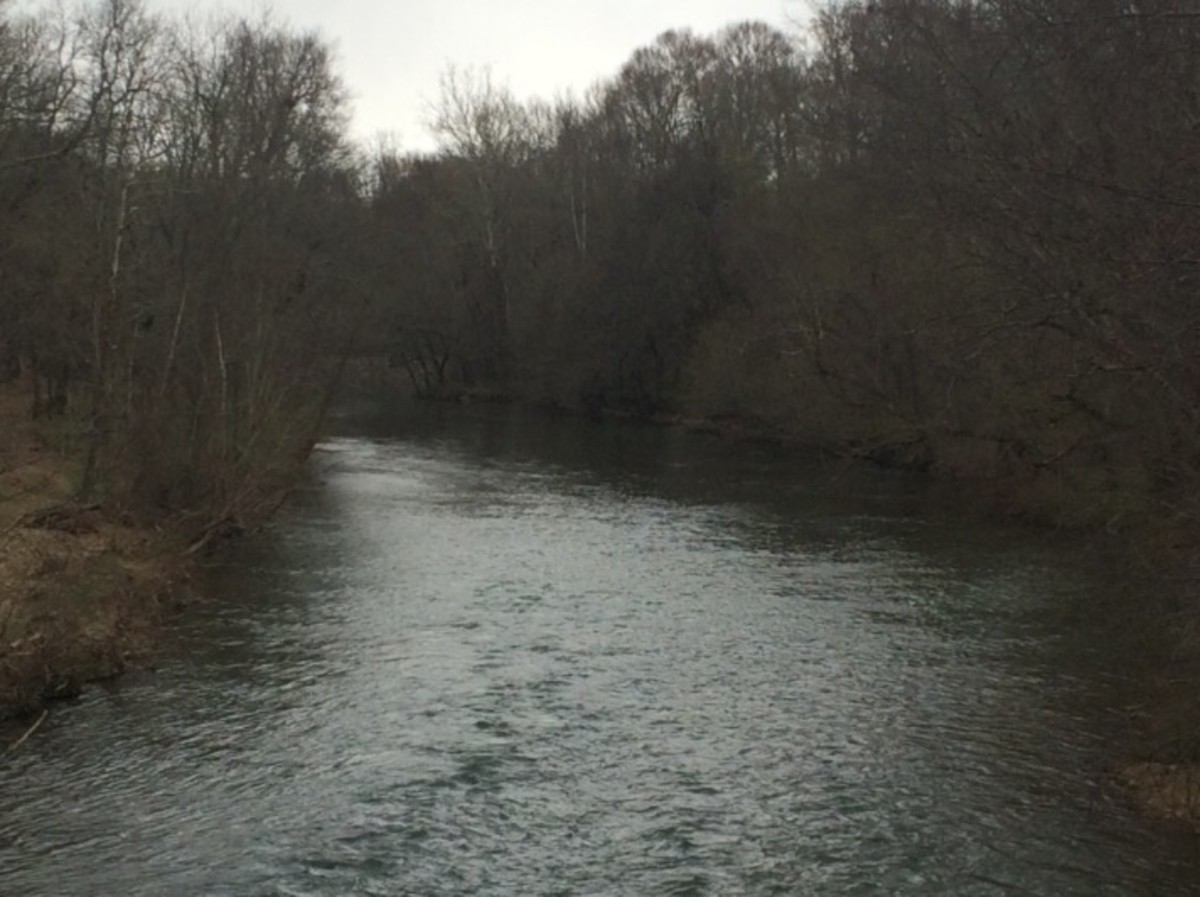Honoring 100 Years of our National Parks
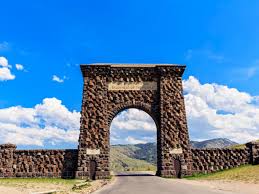
100 Years and counting
100 years ago this year, conservationist Stephen Mather along with J. Horace McFarland, and Robert Sterling Yard spearheaded a motion to preserve portions of our country for future generations to come in order to save those portions in their natural state. President Woodrow Wilson signed a bill on August 25, 1916 and Mather then became the National Park Service's first Director.
And the rest, as they say, is history.
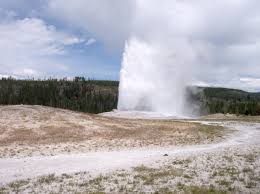
1980
Moving forward a few years and one finds yours truly enrolled at a small university in Arkansas. Having spent a difficult first year as a Fish and Wildlife major and discovering that I had limited aptitude for classes such as Organic Chemistry and Vertebrate Zoology a change was in the offing. A time of discovery within led me to change my major: rather than desiring to be a Fish and Wildlife officer I now planned on pursuing a degree in Parks and Recreation Management.
I was going to be a Park Ranger! I enrolled into the appropriate classes and another year spent in learning Horticulture, Parks Management and Botany. I truly enjoyed these classes and looked forward to completing my studies and taking my place wearing the uniform of the Parks and Recreation Service. But Life is what Life is and it threw me a curve ball. My family had to move away and the college in my new town did not offer a curriculum in Parks and Rec. I ended up getting a job, intending to save money and move back to Arkansas but another curve ball was delivered and I struck out this time, ended up married with a family and never returned to school.
But I have enjoyed the Parks and Recreation Department as a civilian over the years and look forward to sharing the wealth of our Parks Service with my family in the years ahead. And so I decided to author this little article as a means to share with you, my gentle reader, the wonderful world of our National Parks and to help you in wishing it a Happy 100th Birthday.
In the beginning...
While the National Park Service was not created until some forty years later, our first National Park was actually created in 1872 when President Ulysses S. Grant signed into law establishing Yellowstone as a National Park. It was not only our nation's first National Park, it was the first National Park in the entire world.
Discovered in 1806 by John Colter after he left the Corp of Discovery headed by Lewis and Clark, Colter wandered into the thermal area a year later. Finding geysers and warm springs amidst the clouds of steam, he termed the area a place of fire and brimstone. Once he returned to civilization and shared his stories of the area, people took to calling it Colter's Hell and dismissed his claims as imaginary and delusional. It took another forty years and another Mountain Man named Jim Bridger to report that these actually existed. Again, partially due to Bridger's tendency to "spin yarns" these reports were dismissed as fancy.
Finally, in 1869 an actual expedition explored the region, complete with a surveyor. Spending an extended time in the area and detailing it in written word which was sent to various newspapers of the time, word began to spread about this wondrous area. A decision was reached to find a means of protecting the area from harm, which was a quite unique thought for the day. Three years later, Yellowstone became a park. Ferdinand Hayden was an early proponent of creating the park and explored it in 1871, taking a photographer along named William Henry Jackson to capture the grandeur of the Yellowstone Basin.
Not everyone agreed with the decision to create the park and make it sacrosanct. Poaching on the park land continued amidst other exploitation of park resources continued until Harry Yount was appointed as a gamekeeper and eventually became the park's first Ranger.
Over the years two railroads, the Northern Pacific and Union Pacific both built rail lines through the area and tourism increased. Some visitors explored the region on horseback while others traveled in stagecoaches. In 1915 there were 1,000 cars entering the park which resulted in confrontations with the horse drawn means of travel and the horses were banned from the fledgling road system.
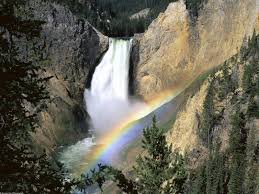
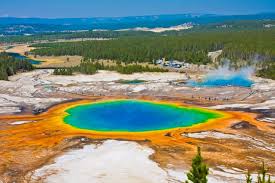
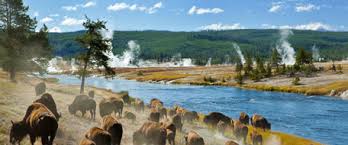
Today
Today's Yellowstone is not much different from that of the year of the NPS creation save for more roads, more camping available and far more visitors. Annually there are some 2,000,000 visitors to the park with the vast majority coming during July. Virtually every animal ever to have lived in the region has been re-established, some with the blessing of those who live in and around, others without. The Gray Wolf population has seen its share of problems as ranchers who own land near the park have had predation occur on the herds of cattle and sheep. In 1995 there was a stir created when two wolves, Arnold and Natasha had moved just outside of the park and created a den near Red Lodge, Montana. Arnold was shot and killed to the outcry of the nation at large. Natasha and her pups were rescued amidst national scrutiny.
If one visits Yellowstone there are many sights to see while there and a day or two simply is not enough to do it justice. Take your time, see the sights of Old Faithful, of the Upper and Lower Falls, of the breathtaking Yellowstone Canyon. Enjoy the vistas available from the road and those off the beaten path. Walk the trails to the hidden jewels waiting in the park, see the animals in their natural environment taking care to not alert them or cause them to take notice of you. Remember: this is not a zoo. You cannot walk up and feed the Bison; they are dangerous and will take your presence as a threat and just might run you over. Each and every year sees another person injured or killed by these massive herbivores, far more than by Grizzly or Black Bear.
But there are many other wonders to behold and while one can get enjoyment from driving the loop, the park beckons us to its interior, asks us to get out of our cars and venture forth to discover things the average visitor never sees. A short hike leads one to the Mud Volcano. More adventurous persons might wander farther afield, to places like Saddle Mountain or Pyramid Peak. The truly adventurous might even travel to the highest point inside Yellowstone, to Eagle Peak which stands in excess of 11,000 feet above sea level.
Or perhaps there is sufficient adventure found near the roads to satisfy you. Fishing Bridge near the Visitors Center at the northern point of Yellowstone Lake and Artist Point overlooking the falls and peering into the depths of Yellowstone Gorge are popular destinations as are the various geysers which abound here. Wherever you go within its boundaries, Yellowstone has something to offer the casual and the intrepid visitor.
Other Parks near you
Yellowstone is high on my list of Things To Do In The Near Future, but it is not alone. In our country we have some 84,000,000 acres of land set aside as a National Park and another 4,500,000 acres of oceans and other waterways. But the National Park Service is not only parks, there are also historical sites, buildings and museums, trails and roads out there just waiting for you to wander onto or into. For those of you who have perused J.R. R. Tolkein you might recall what was written so many years ago and find it to be true today, that the road outside your very door is a dangerous and exciting place for it leads you one and on, taking you from one adventure to another, from one location to another, sweeping you off your feet and carrying you away.
"The Road goes ever on and on
Down from the door where it began.
Now far ahead the Road has gone,
And I must follow, if I can,
Pursuing it with eager feet,
Until it joins some larger way
Where many paths and errands meet.
And whither then? I cannot say!"
This year, allow it: allow it to carry you to a park or building, to an ocean or museum near you. Visit part of our National Heritage and see the wonders that await us all. Enjoy a National Park and wish it a Happy Birthday and thank those who went before us 100 years, 150 years ago who had the foresight and good sense to set these lands aside for future generations and know that we are those future generations; and it is now our duty to preserve them for those who come after us. We are all a part of this wonder that is our National Park Service whether we work for it or not; we enjoy it, we supply the means with which to care for it, and we are the stewards for its beauty and preservation.
Recently the local PBS station carried a mini series or documentary (call it what you will) created by Ken Burns detailing our National Parks. If you did not see it I highly recommend it. Purchase it or find it online somewhere: it is well worth your time. Burns does as he did with Baseball and The Civil War, capturing the brilliance and majesty in a vastly understated manner, thus allowing it to flow over and through the viewer in a wonderful way. With this being the anniversary (or birthday if you prefer) of our National Parks it seems a likely time to view it and think back on the system as a whole.
